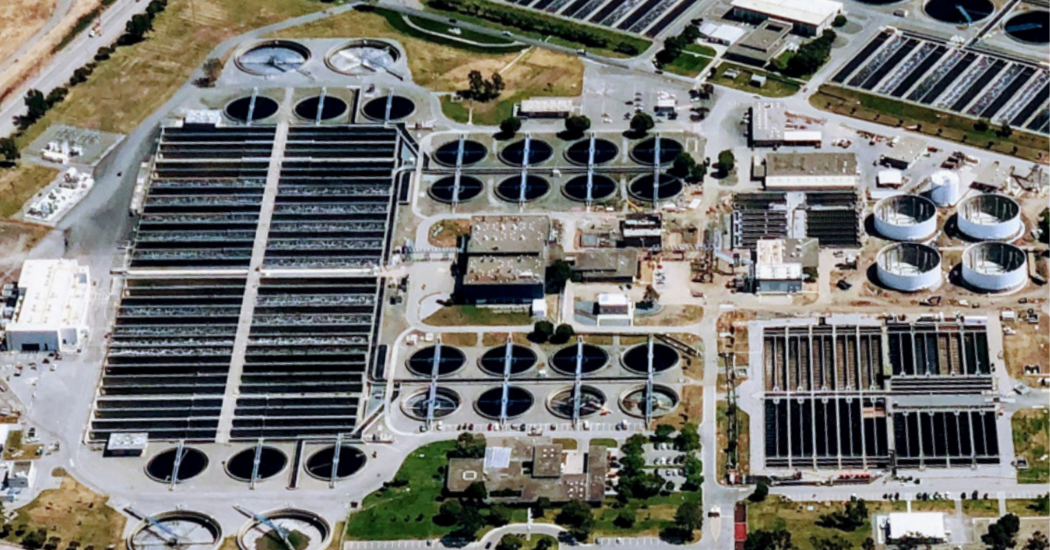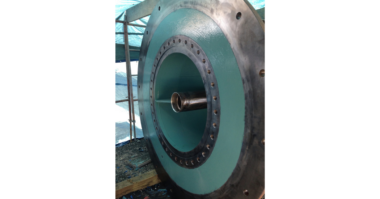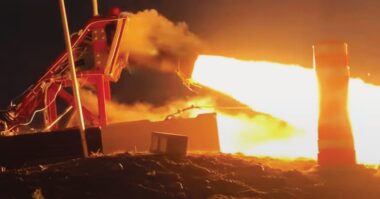Expansion joints don’t always get the attention they deserve. They are critical components of piping systems for every industry. These flexible connectors allow for movement within the piping system. They can also minimize vibration and sound. Expansion joint failure can result in process downtime as well as safety or environmental concerns, so ensuring the right joints are installed is essential.
Expansion joints are available in many different materials, including various types of rubber and stainless steel. They also come in multiple styles and configurations. Knowing how to select the proper expansion joints for an application can prevent failures and extend the life of the joints. By following these tips and leaning on technical expertise, industries can increase the safety and reliability of their piping systems while reducing downtime and repair or replacement costs.
- Develop Your Criteria
Gathering all the pertinent information is key for understanding the type of expansion joints needed for the application. Provide a set of criteria using the acronym “STAMPED” to determine which type of expansion joint will work best.
Size: What is the inner pipe diameter, pipe thickness, overall distance between flanges?
Temperature: What is the temperature range of the media and rate of change? If the pipe is located
outside, what is the ambient temperature range?
Application: In which industry are the joints being used, and what type of equipment is connected? What is the process media – fluid, solids, gas? Acidic, basic, or neutral?
Movement: What is the expected type and magnitude of movement of the pipe at specific locations?
Pressure/Vacuum: What are test, operating and surge pressures within the system?
End Fittings: What type and configuration are the end fittings? What drilling pattern will be needed?
Delivery: How quickly are the expansion joints needed?
2. Follow Piping Standards Regarding Misalignment
Proper pipe alignment is essential to optimize the life of expansion joints. Expansion joints are designed to provide flexibility in a system, however, there are limits to this. Greater offsets within a piping system reduce the useful life of an expansion joint. As piping systems age, shifts occur, equipment is replaced, and pipes become misaligned. When replacing expansion joints in an existing system, it’s important to follow the Fluid Sealing Association’s recommendation of no more than one-eighth inch of misalignment. If the piping misalignments cannot be corrected, offsets should be built into the expansion joints to improve their lifespan.
3. Determine Where Personnel Protection is Needed
Expansion joints are designed to be the weakest link in the piping system. They can prevent pump and piping failures that would be very costly in repairs, downtime, and environmental violations. Protecting personnel is the top priority. Placing a metal shroud around expansion joints can protect people from potentially harmful materials that could escape. If the joint should fail, hazardous material will run parallel to the pipe instead of outward from the joint.
4. Review Expansion Joint Criteria Prior to Changing Processes
Before making process changes in an existing system, it’s wise to contact a technical expert to help determine if expansion joints need to be changed. Carefully review modifications in temperature, pressure, flow, or media to determine if the existing joints meet the STAMPED criteria. Assuming the existing expansion joints are acceptable may result in costly downtime. As an example, an industry changed glycols in their process and experienced expansion joint gasket & rubber seated valve failures because different glycols effect various elastomers differently.
5. Engage Experts to Make Existing Systems More Reliable
How often do most companies conduct a full survey of their expansion joints? A thorough inspection can verify that existing expansion joints are appropriate for the use, properly installed and working. This will optimize useful life and reduce downtime. Proco Products offers expansion joint surveys as a free service. They can inspect every expansion joint in the facility and provide a detailed report, listing each joint with STAMPED information, photos, age, condition, and remaining life.
During the survey, Proco communicates with plant personnel, offering suggestions for better performance, reduced downtime, and longer expansion joint life. Their experts use their practical experience to help improve the overall reliability of the piping system with site-specific suggestions. For example, systems with temperature fluctuations may need to replace expansion joints more frequently, and Proco can recommend a replacement schedule and a list of recommended spares to prevent downtime.
This process is proactive rather than reactive, preventing failures and optimizing expansion joint performance and life. Selecting and installing the proper expansion joints is part of the cost of doing business. Expansion joints ultimately save the cost of replacing the more expensive pumps and piping systems. Contact Proco, today, for your free survey!





Comments